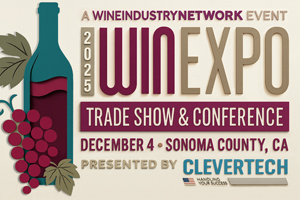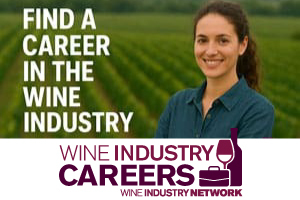750 North San Vicente Blvd, Los Angeles, CA, United States of America, 90069
Feeds

Loading feeds please wait a moment
About
The DTC Sales Doctor System is designed to help wineries overcome roadblocks to growth and build a foundation to scale. With a step-by-step prioritized guide for easy implementation, brands can achieve their financial goals and generate revenue faster. The system provides ongoing support to ensure that the brand’s marketing teams and founders are able to maintain their growth process with confidence.
Contact
Contact List
| Title | Name | Phone | Extension | |
|---|---|---|---|---|
| President | Eric Oliver | erico@angelsmith.net | 4152280850 | 794 |
| CEO | Carin Oliver | carin@angelsmith.net | 4152280850 | 796 |
Location List
| Locations | Address | State | Country | Zip Code |
|---|---|---|---|---|
| Angelsmith, Inc | 750 North San Vicente Blvd, Los Angeles | CA | United States of America | 90069 |



